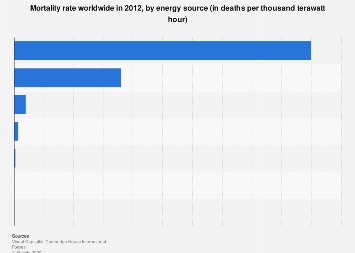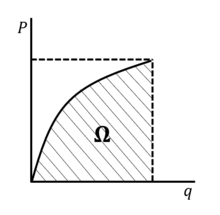
In standard controlled syndication markets like the United States, there are staggered administration structures that set power rates. The rates are resolved through an administrative cycle that is administered by a Public Service Commission. Likewise, the Federal Energy Regulatory Commission (FERC) supervises the discount power market alongside the highway transmission of power. Public Service Commissions (PSC), Here they allocate a pattern for Power to Choose which are otherwise called Public utility commission (PUC), control utility rates inside each state the consideration of sustainable power appropriated age (DG) and progressed metering foundation (AMI or keen meter) in the cutting edge power lattice has presented numerous elective rate structures.[4] There are a few techniques that advanced utilities structure private rates:
- Straightforward (or fixed) – the rate at which clients pay a level rate for each kWh
- Layered (or step) – rate changes with the measure of utilization (some go up to energize energy preservation, others go down to empower use and power supplier benefit)
- Season of utilization (TOU) – diverse rate contingent upon the hour of the day
- Request rates – in light of the pinnacle interest for power purchaser employment layered inside
- Occasional rates – charged for those that don’t utilize their offices all year (for example a house)
- End of the week/occasion rates – for the most part unexpected rates in comparison to during ordinary occasions.
The basic rate charges a particular dollar for each kilowatt ($/kWh) burned-through. The layered rate is one of the most ordinary private rate programs. The layered rate charges a higher rate as the client use increments. TOU and request rates are organized to help keep up and control a utility’s pinnacle demand. The idea at its center is to deter clients from adding to top burden times by charging them more around evening time because the pinnacle is during the day.

when all areas are utilizing power. Expanded interest requires extra energy age, which is customarily given by less effective “peaked” plants that cost more to create power than “baseload” plants.
A feed-in levy:
However, as more noteworthy entrance from environmentally friendly power sources, as sun oriented, are on a network the lower cost, power is moved to late morning when sun based produces the most energy cash to utilize power around then. Verifiably, rates have been negligible A feed-in levy (FIT) is an energy-supply strategy that upholds the advancement of sustainable force age. FITs give monetary advantages to sustainable force makers. In the United States, FIT arrangements ensure that qualified inexhaustible generators will have their power bought by their utility. The FIT agreement contains an ensured timeframe (typically 15–20 years) that instalments Net metering is another charging component that upholds the improvement of inexhaustible force age, explicitly, sun-based force.
The instrument credits sun-powered energy framework proprietors in dollars each kilowatt hour ($/kWh) will be made for the full yield of the framework for the power their framework adds to the network. Private clients with housetop photovoltaic (PV) frameworks will normally create more power than their home burns-through during sunshine hours, so net metering is especially worthwhile.

